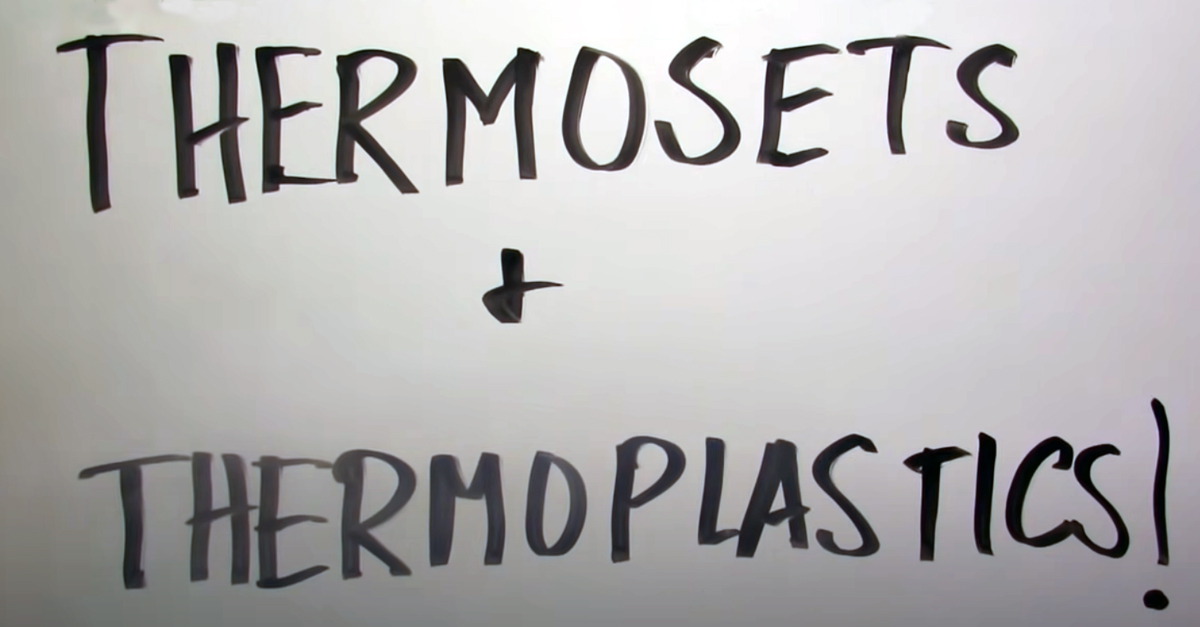
Specialize in Compression molds

Specialize in Compression molds
At one time, "thermoplastic" was the hard word for injection molding and parts manufacturing. However, the term has been replaced by one that sounds similar but means something different: thermosetting. Today, thermoset plastics and resins have become attractive alternatives to thermoplastics and other traditional components, such as metals and wood. While thermoplastics continue to be used on certain products, thermosets often offer additional advantages in terms of aesthetics and construction, as well as cost and labor. If you are considering purchasing a thermoformed plastic product or mold for a specific application, then this article may be helpful to you. This article will detail the two types of plastics and the differences between thermoplastics and thermosets to help you make an informed choice.

A thermoplastic is any plastic material that melts above a certain temperature and cures on cooling and can be remelted and remolded many times. This property also makes thermoplastics recyclable, which is why they are widely used in the toy, furniture, and apparel industries. Thermoplastics have varying temperature tolerances. Some can maintain their properties at temperatures up to 100 degrees Fahrenheit, while others can withstand temperatures up to 600 degrees Fahrenheit. Most thermoplastics also have good electrical and thermal insulation. They can also be electrically conductive if metal or carbon is added.
Common examples of thermoplastics include acrylic, polyester, polypropylene, polystyrene, nylon, and PTFE. The choice of material depends on the manufacturing project and the desired properties of the item being produced.
Thermoplastics are commonly used in injection molding because they produce flexible, accurate parts with excellent surface finishes. The process of thermoplastic injection molding begins with the creation of a mold, usually made of a metal such as steel or aluminum. The thermoplastic resin is then heated into molten form, which is then injected into the thermoplastic mold to cool and cure. After that, it is removed from the mold, and the entire thermoplastic molding process is complete. However, thermoplastic injection molding requires high temperatures and pressures to successfully manufacture parts. Therefore, it is not the most cost-effective solution.
A thermoset plastic is a material that remains permanently solid after it has been cured once. The polymers within the material cross-link during the curing process, creating an unbreakable, irreversible bond. It can also be described as a class of thermoplastics with enhanced physical and chemical properties. The dimensional stability of thermoset plastic products is greatly enhanced compared to traditional thermoplastics. Other benefits include:
Common examples of thermoset plastics and polymers include epoxy resins, melamine-formaldehyde, DAP (diallyl phthalate), urea-formaldehyde, polyurethane, and phenolic resins.
In summary, the greatest advantage of thermoset plastics is their heat and chemical resistance. Heat resistance is the main function of thermoset materials, while thermoplastic materials can only withstand some heat. mdc usually does compression molding of thermoplastics and compression molding of thermosets.
MDC experts have years of experience in thermoset materials and molding. This is not your everyday molding, and we are proud to be the kind of company that can provide this highly specialized service. At MDC, all of our molding processes are done in-house, ensuring complete control of the molding process from start to finish. We are happy to work with you to create the best part design and tooling for your plastic parts.
MDC operates in the automotive, industrial, bathroom, and electrical and electronic industries, specializing in providing them with high-quality thermoset molds and products. At MDC, we have the ability to produce walls as thin as 0.25 inches and as thick as 1.125 inches on a single part. Contact us today to learn more about how thermoset polymers can be the ideal choice for your next project!
Contact US
Email: master@zjmdc.com
Tel: +86 576 84616076
Fax: +86 576 84616079
Mobile: +86 13906573507(Mr. Wang)
Address: No.116 mochuang road, Huangyan Xinqian street,Taizhou,Zhejiang,China